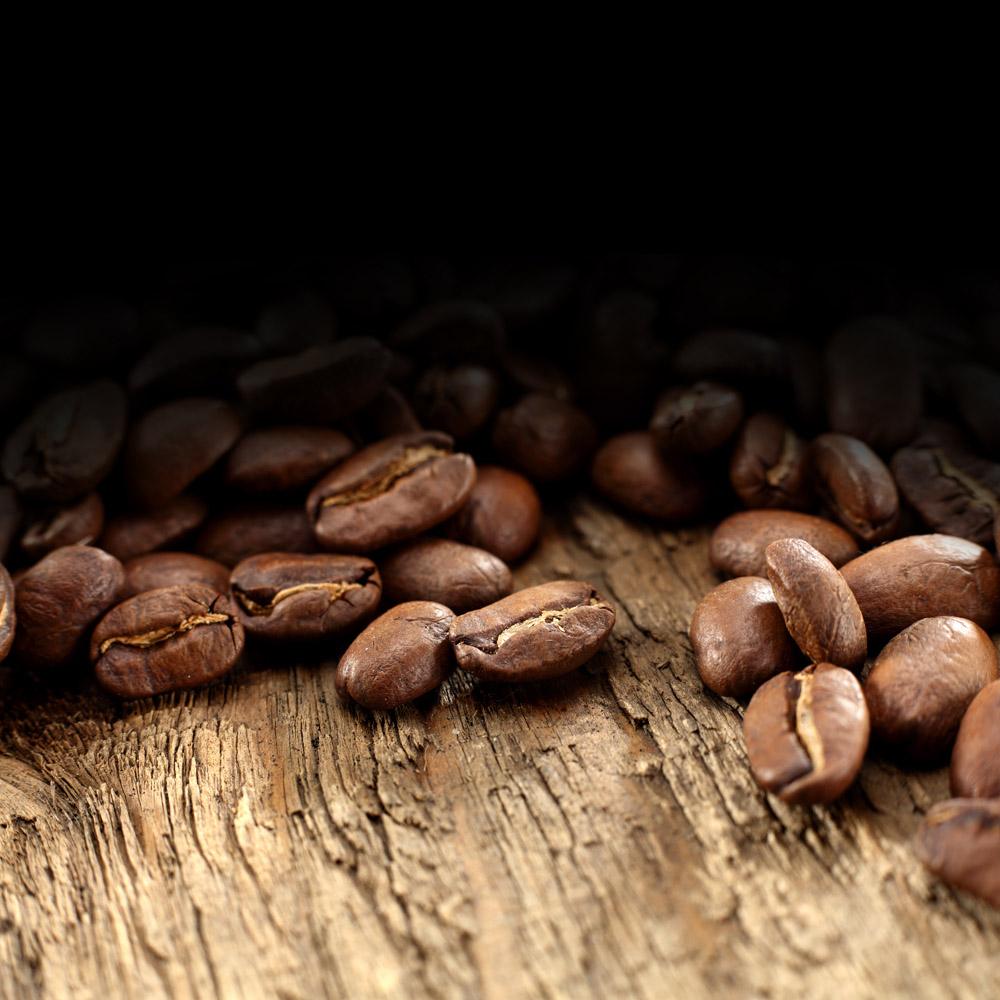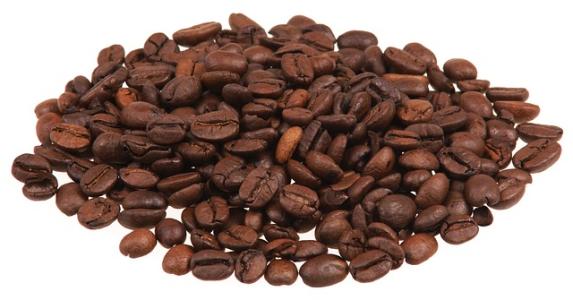Introduction of Coffee Variety and Grade producing areas in Costa Rica
Follow the caf é (Wechat official account vdailycom) and found that Beautiful Cafe opened a small shop of its own.
Costa Rican coffee varieties
100% Arabica. In 1989, it was rare to ban the cultivation of Robusta in the form of national legislation, which was then extended to boycott cartimor varieties. Most of them are caturra and catuai.
Harvest and processing of Costa Rican Coffee

Pick by hand. The harvest time is from August to April of the following year, depending on the altitude of the producing area.
Traditional washing treatment.
Dry in the sun. It usually takes about 7 days to reduce the water content to 12%, which can be stored in the warehouse with shell beans. There is also machine drying, which can shorten the drying time to 24 hours. Machine drying is considered to be suspected of affecting flavor.
Costa Rican coffee grade
With reference to the altitude of the producing area, it is graded according to the density of beans:
SHB,strictly hard bean, ≥ 3900 feet (approx. 1200m)
GHB,good hard bean, ≥ 3300 feet (approx. 1000m)
MHB,medium hard bean, medium bean ≥ 1600 feet (approx. 500m)
In general, altitude is positively correlated with density. In the high altitude area, the temperature is low, the coffee fruit growth rate is slow, the density is high; in the low altitude area, the coffee fruit growth rate is faster, the density is low.
Costa Rican coffee producing area
At present, it is divided into 8 major producing areas, Brunca,Turrialba,Tres Rios,Orosi,Tarrazu,Central Valley,Western Valley,Guanacaste.
Tarrazu and Tres Rios are the most famous. It is called the Bordeaux of Costa Rica (Costa Rica's Bordeaux).
Tarrazu, commonly translated as Tarasu, is located in the province of San Jose where the capital is located, and the San Marcos and Santa Maria areas under its jurisdiction are important boutique coffee producing areas southeast of the capital San Jose. Of the 23 beans on the list in the 2014 Coe contest, 17 came from Tarasu.
Tres Rios, English "three rivers", also known as "Sanshui River", has the fertile soil created by the Irazu volcano, located north of the capital San Jose, about 12km away.
Important Notice :
前街咖啡 FrontStreet Coffee has moved to new addredd:
FrontStreet Coffee Address: 315,Donghua East Road,GuangZhou
Tel:020 38364473
- Prev

What are the famous brands of Hawaiian coffee and the price of Hawaiian coffee
Following caf é (Wechat official account vdailycom) found that Fairview Cafe opened a small shop of its own. Below are some of the best known Hawaiian coffee brands in Hawaii, especially on Oahu. The editor selected 100% of the top coffee using beans from the Kona area of Hawaii. Although the price is more expensive, but it is worth it! Its taste can be said to be among the best.
- Next

Costa Rican coffee flavor, characteristics of Costa Rican coffee beans
Following Cafe Review (Wechat official account vdailycom) found that the coffee flavor of Costa Rica is always steady, without the sharpness of Guatemala, it is quite mild and supple, and the sour, sweet and bitter chocolate aromas are well balanced, making it the classic flavor of gourmet coffee. The seven major coffee producing areas are as follows: Turialva Valley, Central
Related
- Detailed explanation of Jadeite planting Land in Panamanian Jadeite Manor introduction to the grading system of Jadeite competitive bidding, Red bid, Green bid and Rose Summer
- Story of Coffee planting in Brenka region of Costa Rica Stonehenge Manor anaerobic heavy honey treatment of flavor mouth
- What's on the barrel of Blue Mountain Coffee beans?
- Can American coffee also pull flowers? How to use hot American style to pull out a good-looking pattern?
- Can you make a cold extract with coffee beans? What is the right proportion for cold-extracted coffee formula?
- Indonesian PWN Gold Mandrine Coffee Origin Features Flavor How to Chong? Mandolin coffee is American.
- A brief introduction to the flavor characteristics of Brazilian yellow bourbon coffee beans
- What is the effect of different water quality on the flavor of cold-extracted coffee? What kind of water is best for brewing coffee?
- Why do you think of Rose Summer whenever you mention Panamanian coffee?
- Introduction to the characteristics of authentic blue mountain coffee bean producing areas? What is the CIB Coffee Authority in Jamaica?

